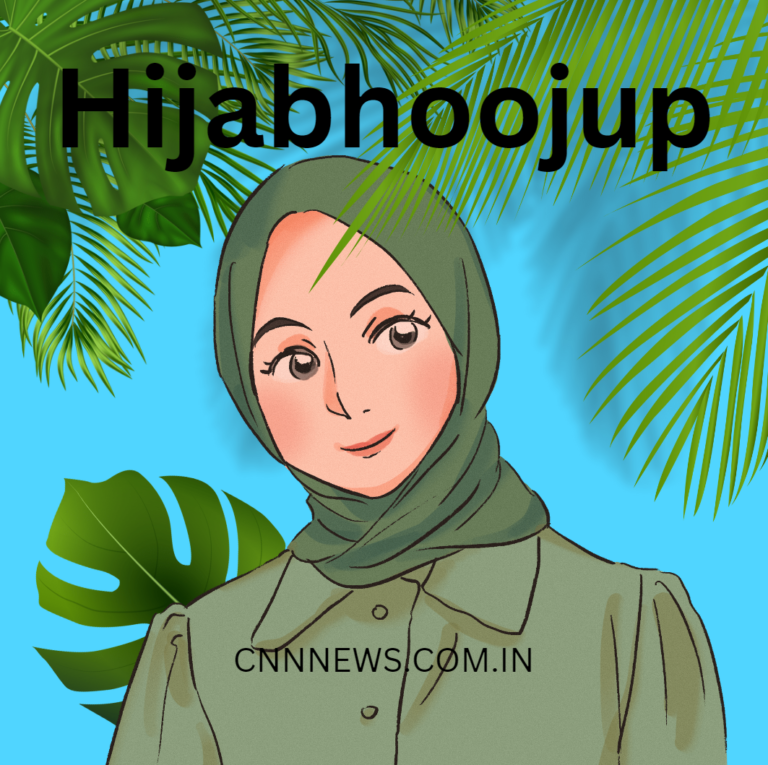In today’s world, we often come across new terms, trends, and movements. One such emerging topic is hijabhoojup. While many people may be familiar with the term “hijab,” the concept of It adds a new layer of depth. But what exactly is it, and why is it gaining attention? In this article, we will break down everything you need to know about this, its importance, and why it matters in today’s society.
Table of Contents
What is Hijabhoojup?
The term hijabhoojup combines the word “hijab” with a lesser-known concept, creating a unique perspective on modesty and identity. While the hijab traditionally refers to a headscarf worn by Muslim women, It represents something more nuanced. It’s not just about covering the body; it’s about embracing a mindset of modesty, self-respect, and cultural identity.

Have you ever wondered how people express their beliefs through clothing? Just as some choose bold fashion statements to show individuality, It is a way to express personal and spiritual values.
The Origins of Hijabhoojup
It doesn’t have a single origin story but rather draws from various cultural practices. Its roots can be traced back to the traditional hijab, but over time, It has evolved. Some believe that the concept emerged as women sought a more profound way to embody their beliefs, beyond mere clothing.
It’s fascinating to see how such concepts grow and adapt with societal changes, right?
Hijabhoojup in Modern Culture
In modern times, It has become more than just a personal choice—it’s a statement. Whether it’s in fashion, media, or day-to-day life, It is increasingly visible. Celebrities, influencers, and activists often promote it as part of their identity, merging modesty with modern aesthetics.
Just like the rise of eco-friendly fashion, It is changing the narrative around traditional dress codes.
The Symbolism Behind Hijabhoojup
It symbolizes more than just modesty. It represents a commitment to one’s beliefs, values, and identity. For some, it serves as a reminder of their faith, while for others, it’s a powerful declaration of cultural heritage. The practice of wearing It extends beyond religious connotations; it’s about a broader sense of belonging and self-empowerment.
Hijabhoojup vs Traditional Hijab
While both hijab and hijabhoojup promote modesty, they differ in their cultural contexts and expressions. The traditional hijab often emphasizes the physical act of covering, while It encompasses an internal philosophy. Think of it as the difference between following a tradition and creating a personal journey—It focuses on how modesty reflects inner values and personal choices.
Cultural and Social Impact
It plays an important role in cultural and social movements around the world. In many communities, it has sparked conversations about gender, freedom of expression, and the intersection of religion and fashion. Whether through protests, media portrayals, or public discourse, It is influencing how people view modesty and identity today.
Misconceptions About It
As with many cultural concepts, It is often misunderstood. Some might think it’s just another version of the traditional hijab, while others might assume it’s a trend with no deeper meaning. In reality, It is a thoughtful practice that combines modesty, spirituality, and individual expression. It’s important to challenge these misconceptions and recognize the depth behind the concept.
Why Hijabhoojup Matters Today
In a world where identity and self-expression are increasingly scrutinized, It provides a sense of balance. It allows individuals to express themselves without compromising their values. With social media amplifying every aspect of life, the need for personal integrity has never been more vital. It offers a way to remain authentic in a world full of noise.
Conclusion
As society continues to evolve, so will the practice of hijabhoojup. It’s clear that this concept is here to stay, influencing everything from fashion to personal identity. Whether you’re familiar with the term or just learning about it, It offers a fascinating glimpse into how modesty and identity are shaping our modern world.
